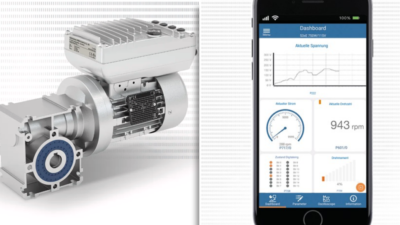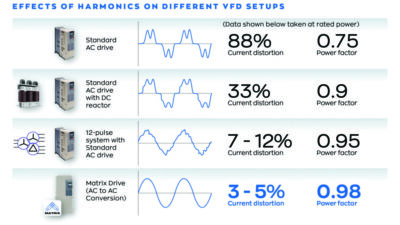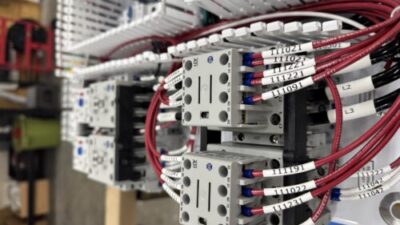Motors should be weighed by the same standard of total cost of ownership by which other assets in the plant are measured.
With the push of government to push induction motor manufacturers to make more efficient motors and energy providers charging a premium, perhaps it is time to make the jump to a servo.
Many initially shun servo motors because the high upfront cost, but with an increase in efficiency even above the current NEMA Premium ratings for induction motors, users can see over a thousand dollars worth of energy savings a year on something as small as a 20hp motor by switching to a servo without even accounting for energy rebates or saving on surcharges from energy companies for high power factors.
Motors should be weighed by the same standard of total cost of ownership by which other assets in the plant are measured. With an encoder, induction motors can get within a fraction of a percent of the desired speed, but with high-value or high-volume product, getting that speed or position accuracy even tighter, can mean additional tens of thousands of dollars of saved or improved product.
Servo manufacturers are also moving toward fan and liquid cooled servos to replace those totally enclosed fan cooled (TEFC) and totally enclosed air over motors that generate the most heat all in a smaller frame size for ease of installation. The flexibility a servo can provide with different motion profiles, recipes, and greater turndown ratios can allow your plant floor to adapt swiftly to changing products along with changing markets.
Be sure to do a full energy and production analysis on the next motor you replace to see what motor will really provide the lowest total cost of ownership.
Nathan Hunt is motion control technical consultant, Consolidated Electrical Distributors. Edited by Mark T. Hoske, content manager, Control Engineering, CFE Media, [email protected].



